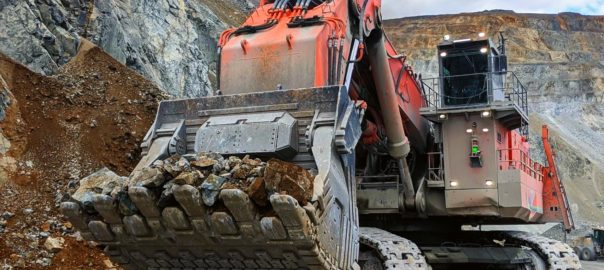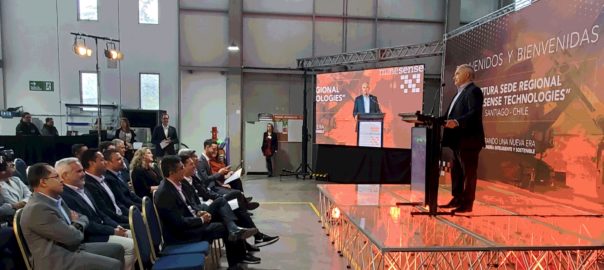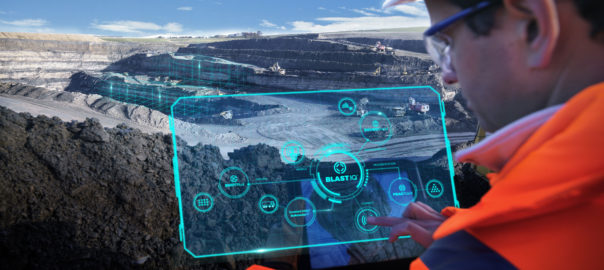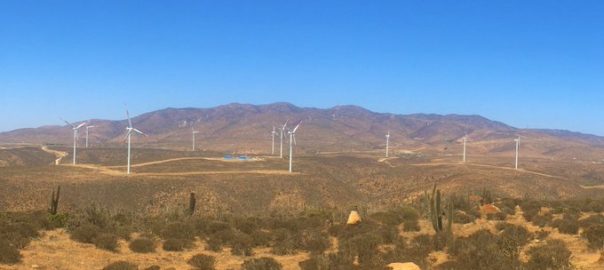MineSense Technologies Ltd says it has closed a $42 million Series E financing led by J.P. Morgan Asset Management’s Sustainable Growth Equity team that, it says, will allow it to accelerate the commercial deployment of its solutions to drive further growth and profitability.
The funding round includes participation from new investor Evok Innovations, a climate technology and sustainability venture fund, and existing investors including Prelude Ventures, BDC Industrial Innovation Venture Fund, Cycle Capital and Chrysalix Venture Capital.
MineSense has been pioneering data-driven solutions that improve ore grade control, operational profitability and carbon intensity across the metals mining industry. It is doing this through a combination of its ShovelSense® and BeltSense® hardware, a digital platform and geoscientific insight that goes beyond purely grade-based orebody information.
ShovelSense provides precise ore/waste definition and unlocks unique, previously inaccessible data sets at the mine’s extraction face, according to the company. This real-time data enables removal of waste from ore and recovers valuable ore from waste by making smart routing decisions that also reduces the amount of waste processed, production of tailings, and energy, water, and reagent consumption. Metal recovery is increased materially, with production from operating mines increasing by 5-25% on existing infrastructure, according to the company.
The company has initially been focused on copper, with those mining companies that have signed up to use its solutions looking to maximise ore recovery, minimise dilution and enhance operational sustainability.
MineSense says it has tripled revenue over the last year, and was recently recognised as one of the fastest growing companies in North America by Deloitte.
It currently currently serves mines across North and South America, with notable deployments in British Columbia (Teck’s Highland Valley Copper, Copper Mountain Mining’s operation and Taseko Mines’ Gibraltar operation), Chile (Carmen de Andacollo) and Peru (Antamina).
The fundraising will allow the company to expand its coverage globally and extend into other critical metals such as nickel, cobalt, zinc and iron, it said.
Jeff More, CEO of MineSense, said: “We are pleased to partner with J.P. Morgan Sustainable Growth Equity and Evok to scale our ore grade data mining solutions. This funding and strategic support will allow us to continue executing on our strategy of delivering profit enhancement, operational efficiency, and carbon intensity reduction to critical mining operations.”











